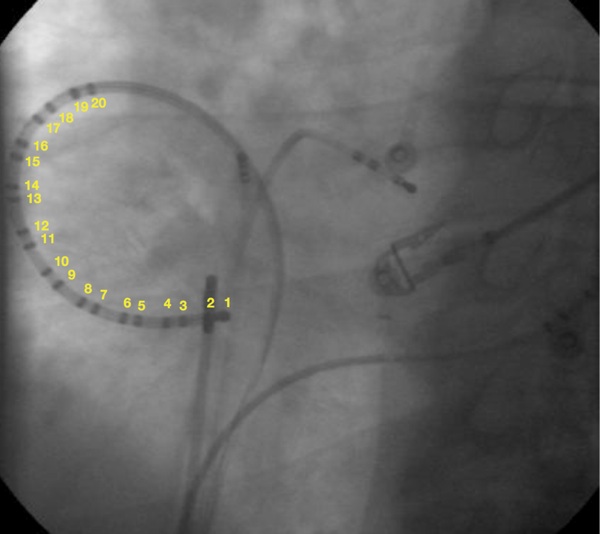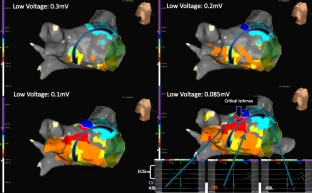
In paroxysmal AF, the posterior wall has been demonstrated to have a role in both the initiation and maintenance of AF episodes. Notably, the left atrium (LA) appears to play a dominant role in the establishment and maintenance of AF in most patients with the condition and, in particular, the posterior wall and pulmonary veins (PVs) frequently harbor sources of fibrillation. 1 Catheter ablation improves quality of life in patients with AF and has emerged as either a first-line therapy option or as an alternative therapy in those patients with symptomatic AF refractory to medical therapy. Furthermore, in recent years, the prevalence of AF has risen and is projected to increase threefold by 2050 as the population ages. Paul Mounsey, MD, 160 Dental Circle CB7075, Chapel Hill, NC 27599, USA.Ītrial fibrillation (AF) is the most common sustained arrhythmia in humans and is associated with significant morbidity and mortality. Final version accepted September 12, 2017.Īddress correspondence to: J. Hummel report no conflicts of interest for the published content.

Mounsey reports a role as a consultant and receiving speaker’s honoraria from Boston Scientific, Medtronic, and Abbott Laboratories, and receiving speaker’s honoraria from Janssen Pharmaceuticals. Atrial fibrillation, catheter ablation, posterior wall isolation.ĭr. In this review, we will examine the mechanistic role of the posterior left atrium, discuss the technical challenges of ablating in the posterior wall and the evolution of strategies to achieve isolation with catheter approaches, and review the relevant literature to date. Currently, the role of posterior wall isolation during catheter ablation of AF is controversial. The left atrium appears to play a dominant role in the condition of most patients with AF and, in particular, the posterior wall and pulmonary veins frequently harbor sources of fibrillation. Catheter ablation is widely utilized for the management of atrial fibrillation (AF), particularly in patients who are refractory to medical therapy. HUMMEL, MD 2ġ Department of Internal Medicine, Division of Cardiology, University of North Carolina at Chapel Hill, NC, USAĢ Department of Internal Medicine, Division of Cardiac Electrophysiology, University of North Carolina at Chapel Hill, NC, USAĪBSTRACT. Out of 100 people enrolled, 96 completed the study (mean age 59, 32% women) after being randomized to usual medical therapy or catheter ablation with encouragement of uninterrupted oral anticoagulation.Īll 49 participants in the ablation arm had successful pulmonary vein isolation of those, one in five received additional ablation.Posterior Wall Isolation in Atrial Fibrillation Ablation
Ra ablation for atrial flutter icd 10 pcs trial#
The investigators conducted their randomized trial at two tertiary hospitals in Australia, enrolling individuals with symptomatic paroxysmal or persistent Afib who failed at least one antiarrhythmic drug (AAD). Kalman and colleagues themselves lacked preablation and postablation MRI scans to assess any relationship between cognitive outcomes and silent cerebral embolic lesions. They nevertheless cited a recent study showing silent brain embolic events commonly found on cardiac MRI have no bearing on cognitive function deterioration, which suggests that POCD is not solely caused by these imaging findings.

"The etiology of POCD following catheter ablation is multifactorial and remains incompletely explained," study authors noted. Separately, it is thought that postablation cognitive dysfunction may be caused by anesthesia or silent cerebral embolic lesions stemming from procedure. Kalman and colleagues reported that ablation time was the only significant multivariable predictor of new-onset cognitive dysfunction (OR 1.30, 95% CI 1.01-1.60).Īfib has been linked to long-term cognitive and memory problems independent of stroke, with multifactorial factors including silent cerebral infarction, cerebral hypoperfusion, and microbleeds. "We believe this data provides reassurance regarding the impact of catheter ablation on cognitive function." However, this was transient with complete recovery at 12-month follow-up," Kalman's group concluded. "POCD was observed following AF ablation.


 0 kommentar(er)
0 kommentar(er)
